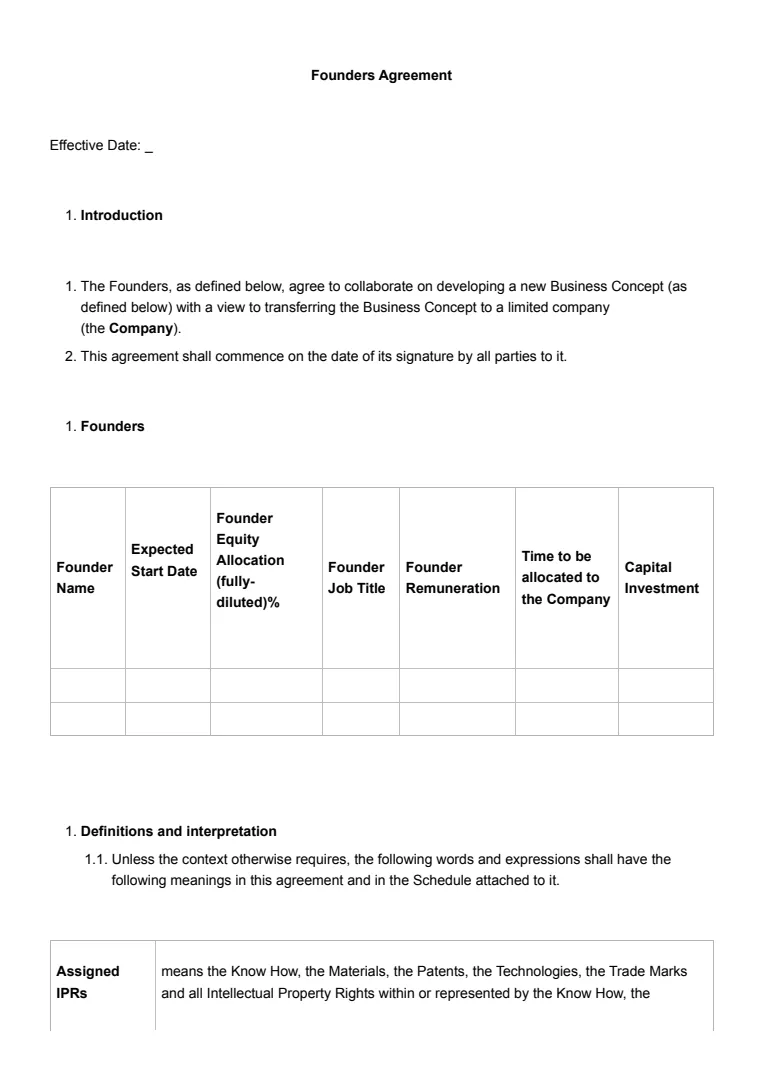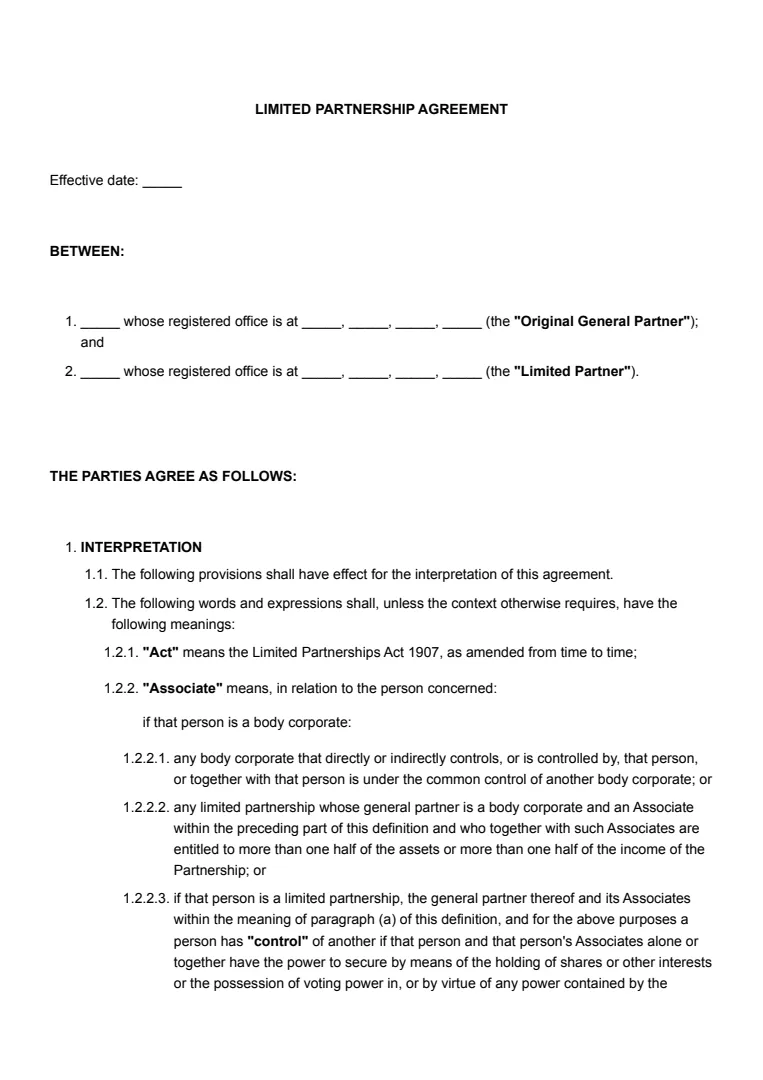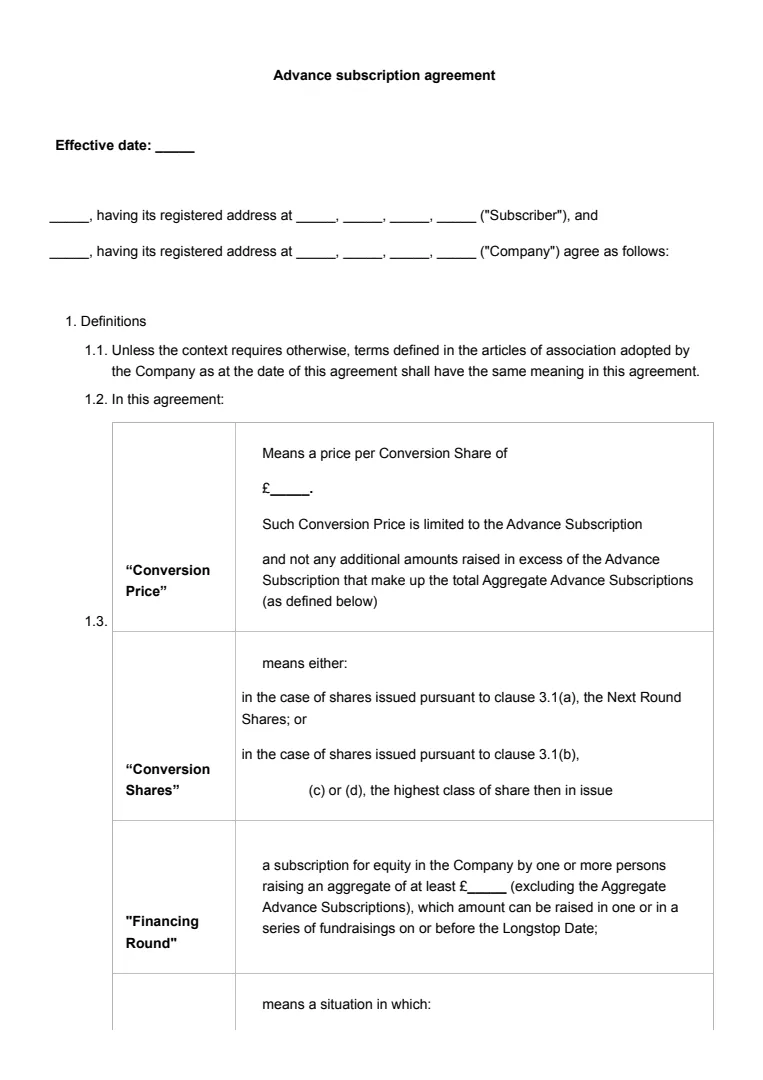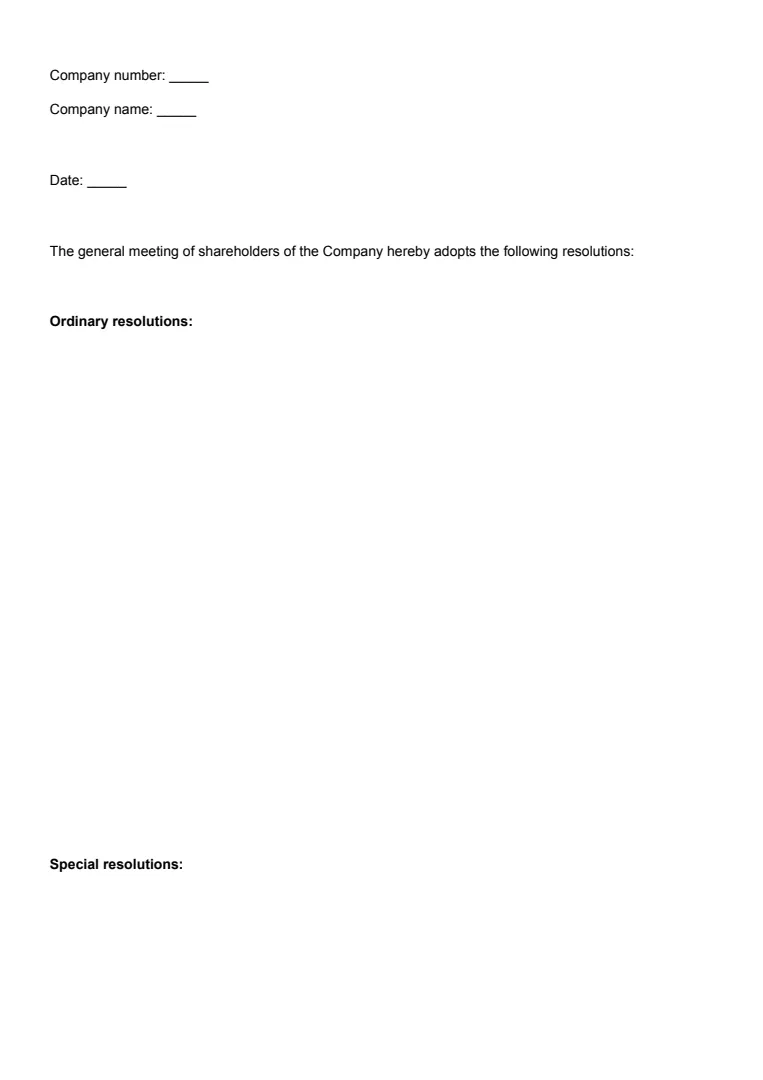What Is a Shareholders’ Agreement?
You may be wondering what a shareholders’ agreement is. Simply put, it's a contract between the shareholders of a company.
This agreement spells out how the company should be run and the rights and obligations of the shareholders themselves. Think of it as a guidebook for maintaining harmony among the company's shareholders.
So, why is a shareholders’ agreement necessary? If you’re a shareholder, it helps protect your investment, ensuring each shareholder knows their role and responsibilities.
A shareholders’ agreement is typically between all shareholders, though sometimes it only involves a select group, like those holding a special class of shares.
It can cover many things, from how shares will be valued to what happens if someone wants to sell.
You might find sections on appointing future directors or on pre-emptive rights for existing shareholders.
These details can prevent disputes and ensure everyone knows what's expected.
While not legally required, having a shareholders agreement can bring peace of mind, especially in companies with multiple shareholders. It acts like an extra layer of protection, making sure everyone agrees on the primary rules.
Using a shareholders agreement, you're not just protecting your investment; you're ensuring a solid foundation for company operations, so everyone's on the same page.
When Is a Shareholders’ Agreement Needed?
Imagine you're starting a business with a few friends or partners. Things are exciting, everyone's on the same page, and you're looking towards a bright future.
It's the perfect time to bring up a shareholders’ agreement. This document ensures you all agree on how the company is run right from the start.
Moreover, if you're planning on bringing in investors, a shareholders agreement is essential. Investors like to see that there's a clear framework for decision-making and resolving disputes. It provides everyone with peace of mind that their investments are protected.
A shareholder agreement is also needed when there are multiple owners with varying levels of investment and responsibility. It helps ensure that each person's role and influence in the company is clearly laid out.
When new shareholders come on board, updating or creating an agreement helps prevent misunderstandings. It describes how new shares are issued or transferred, keeping everyone informed and on the same track.
Family-owned businesses might find a shareholders agreement particularly useful. It clarifies expectations, especially when passing the business down through generations, maintaining harmony and continuity.
In short, whenever there's more than one shareholder, it's wise to have a shareholders’ agreement. It acts as a safeguard against future conflicts and ensures everyone knows what to expect from each other.
How to Write a Shareholders’ Agreement
You can follow a few steps to create a clear and effective shareholders’ agreement.
Step 1: Identify the Parties Involved
First off, you need to clearly list all the shareholders who will be part of the agreement.
This includes both new and existing shareholders. It's important to have their correct legal names and contact information to avoid any confusion later.
Step 2: Define the Purpose of the Agreement
You need to outline the main objectives of the shareholders’ agreement.
This might be about protecting shareholder investments or establishing procedures for decision-making. Having a clear purpose can guide all the terms that follow in the document.
Step 3: Decide on Share Distribution and Rights
Next, you'll establish how shares are distributed among the shareholders.
Define the rights attached to these shares, like voting rights or dividend entitlements. Make sure this information is clear to prevent disputes in the future.
Step 4: Set the Management Structure
Decide how the company will be managed. This might include designating directors and defining their roles. Outline how decisions will be made and what happens in case there’s a deadlock.
This structure provides clarity on who holds power within the company.
Step 5: Establish Procedures for Disagreements and Exits
You'll want a plan for how disagreements or exits from the company should be handled.
This could include buyout procedures or methods for conflict resolution. Having these processes outlined prevents chaos during challenging times.
Step 6: Review and Finalise the Agreement
Before finalising, review the entire document carefully with all parties involved. It can be wise to consult a legal expert for advice.
Once everyone is satisfied, all parties should sign to make the agreement legally binding. This way, your shareholders’ agreement will stand firm under scrutiny.
















